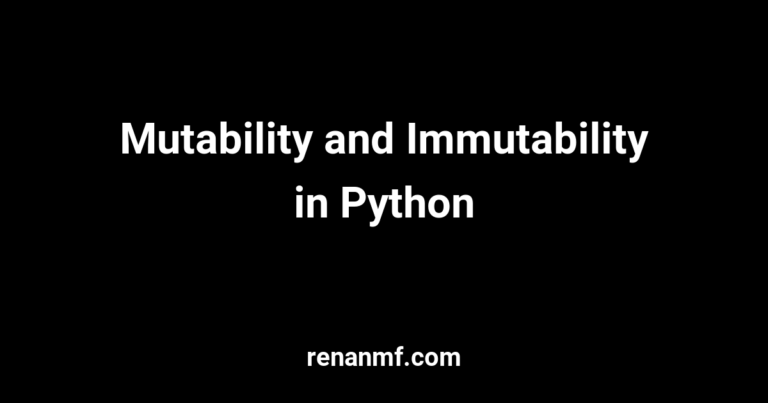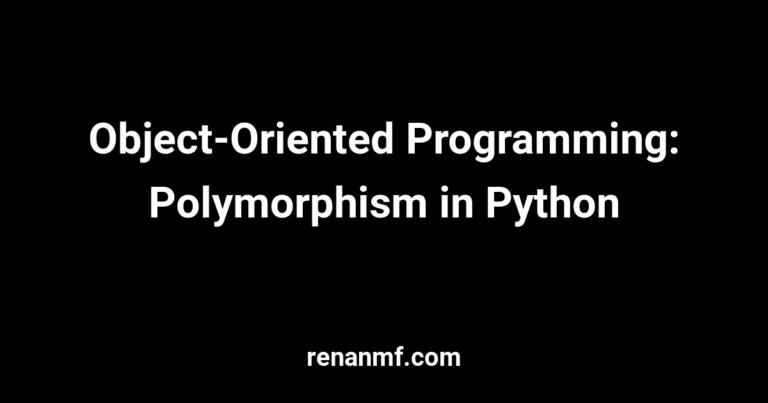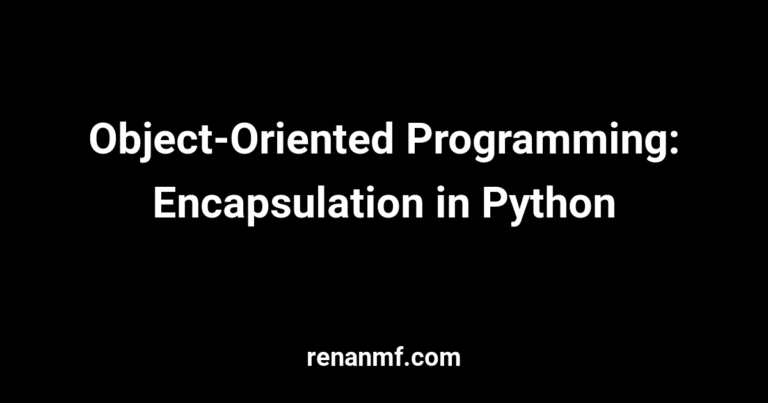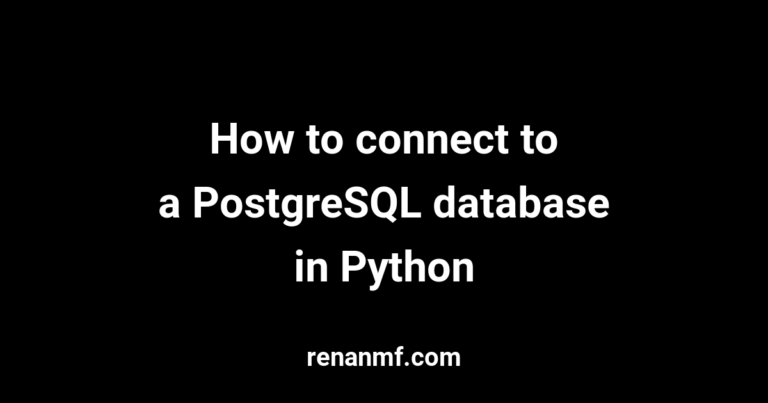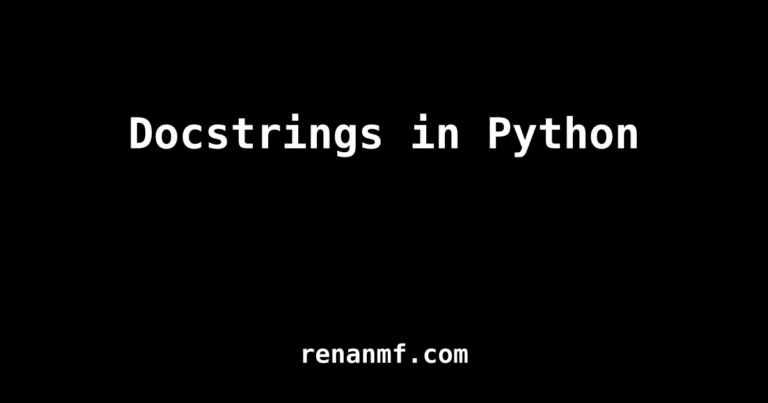Higher Order Functions in Python
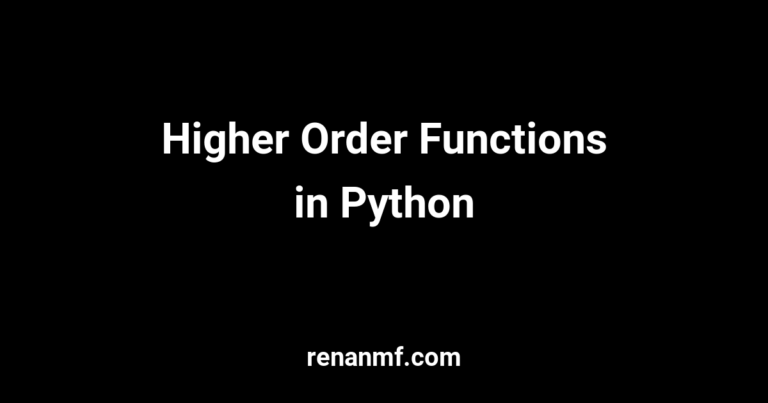
Also known as first-class functions, functions can take other functions as parameters and also return other functions. Since everything in Python is an object, we can treat functions as such. Say you have a list of car brands that is…
